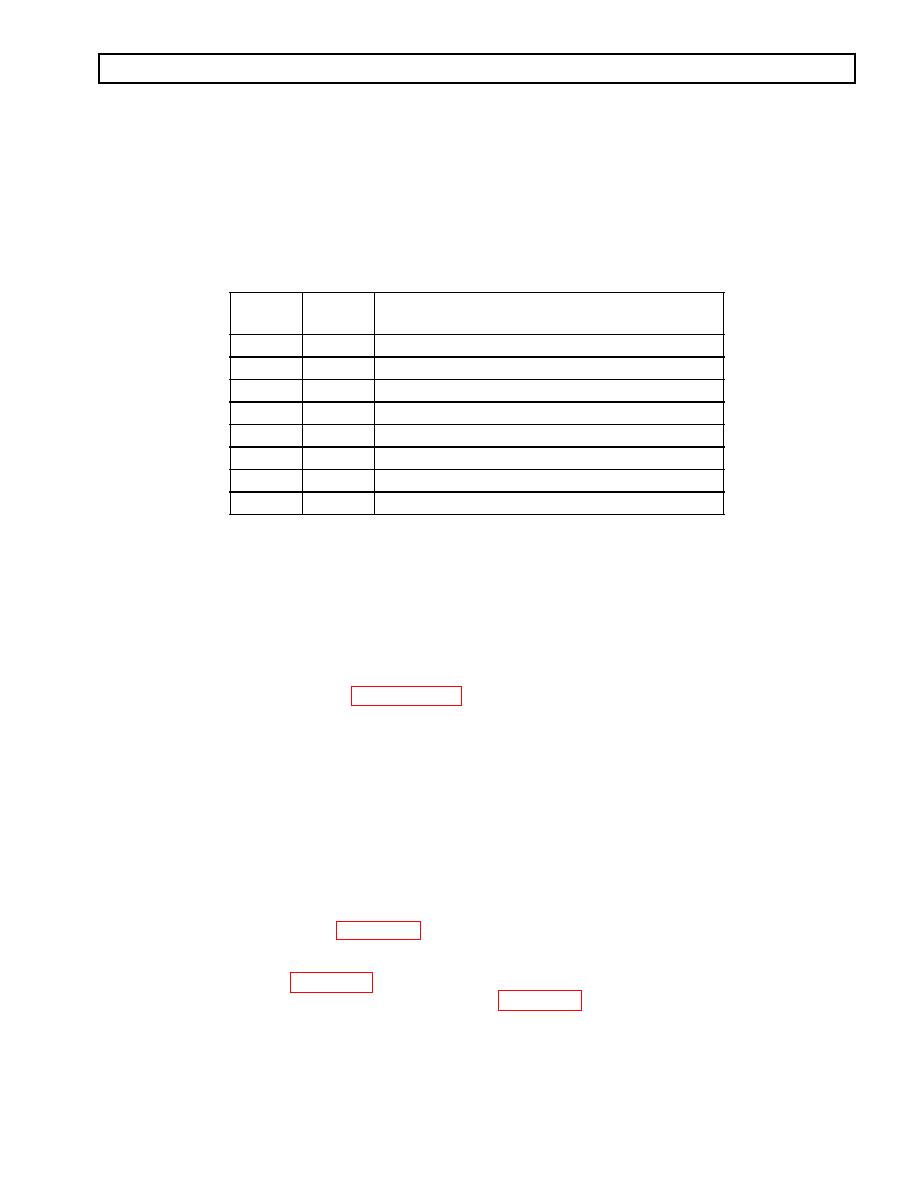 |
|||
|
|
|||
|
Page Title:
CODE 56 XX -- RANGE VERIFICATION RATIO TEST (BETWEEN SHIFTS) |
|
||
| ||||||||||
|
|
 WTEC III ELECTRONIC CONTROLS TROUBLESHOOTING MANUAL
CODE 56 XX -- RANGE VERIFICATION RATIO TEST (BETWEEN SHIFTS)
Main code 56 indicates a failed range verification speed sensor ratio test. The ratio test occurs after a shift and
determines if a clutch has lost torque carrying capability. If output speed is above programmed output speed for a
range but the correct speed sensor ratio is not present, the DO NOT SHIFT response is commanded and a range
which can carry the torque without damage is commanded or attempted. Turbine and output speed sensor readings
are used to calculate the actual ratio that is compared to the commanded ratio. Main code 56 can also be caused
by the ECU being calibrated for a close ratio transmission and installed with a wide ratio transmission, or
vice versa.
Main
Code
Subcode
Meaning
56
00
Range verification ratio test (between shifts) L
56
11
Range verification ratio test (between shifts) 1
56
22
Range verification ratio test (between shifts) 2
56
33
Range verification ratio test (between shifts) 3
56
44
Range verification ratio test (between shifts) 4
56
55
Range verification ratio test (between shifts) 5
56
66
Range verification ratio test (between shifts) 6
56
77
Range verification ratio test (between shifts) R
A.
Active Indicator Clearing Procedure:
Power down
Manual -- subcodes 11, 44, 66, 77 only
NOTE:
When a code 22 16 (output speed fault) is also present, follow the troubleshooting sequence for code
22 16 first. After completing the 22 16 sequence, drive the vehicle to see if a code 56 XX recurs.
NOTE:
Before troubleshooting, read Paragraph 56. Also, check battery and ECU input voltages.
NOTE:
Intermittent connections or lack of battery-direct power and ground connections may cause this and
other codes.
B.
Troubleshooting:
1. After the transmission is at operating temperature, allow vehicle engine to idle on level ground for
34 minutes. Check the transmission fluid level. If improper fluid level is found, correct as
necessary. Improper fluid level could be the cause of the code. Not enough or too much fluid may
produce inadequate clutch pressure.
2. Connect a pressure gauge and check main pressure. If the pressure is not adequate, the pump is
probably worn. See Appendix B for main pressure specifications.
3. If main pressure is adequate, check clutch pressure for the range indicated by following the
procedure in Appendix B. The transmission range indicated by the trouble code can be found by
referring to the solenoid and clutch chart in Appendix C. Drive the vehicle or use the diagnostic
tool's clutch test mode and check clutch pressure.
4. If a clutch is leaking pressure, drain the fluid, remove the control module and check for damaged
control module gaskets and stuck or sticking valves. Also look for damaged or missing face seals.
code.
0021 00107
|
|
Privacy Statement - Press Release - Copyright Information. - Contact Us |